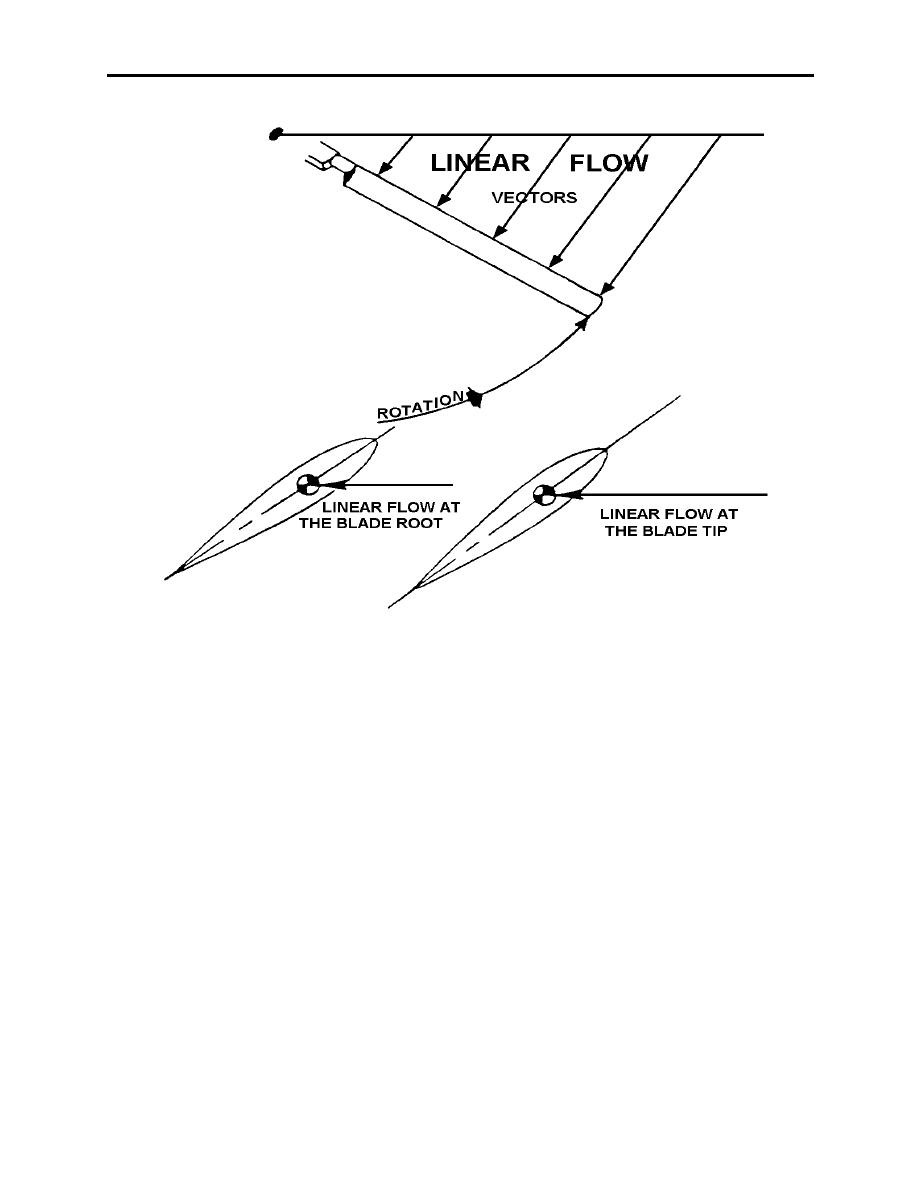 |
|||
|
|
|||
|
|
|||
| ||||||||||
|
|  CHAPTER 2
HELICOPTER AERODYNAMICS WORKBOOK
Figure 2-4
THEORIES OF HELICOPTER FLIGHT
Helicopter aerodynamicists support two theories of helicopter flight: The Momentum
Theory and the Blade Element Theory.
Newton's observation, which states that for every action there is an equal and opposite
reaction, is the basis of the Momentum Theory. For a helicopter to remain suspended in a no-
wind hover, production of upward rotor thrust is the action, and downward velocity in the rotor
wake is the reaction. Rotor thrust is the total aerodynamic force produced in the rotor system,
which is used to overcome the weight of the helicopter to achieve flight. Another observation of
Newton states a force is equal to acceleration times mass. For a helicopter in a steady-state no-
wind hover, force = rotor thrust, acceleration is the change in velocity of the air well above the
rotor disk to the speed of the air below the rotor disk, and the mass = the amount of air flowing
through the rotor disk per second (figure 2-5).
2-4 ROTOR BLADE AERODYNAMICS
|
|
Privacy Statement - Press Release - Copyright Information. - Contact Us |